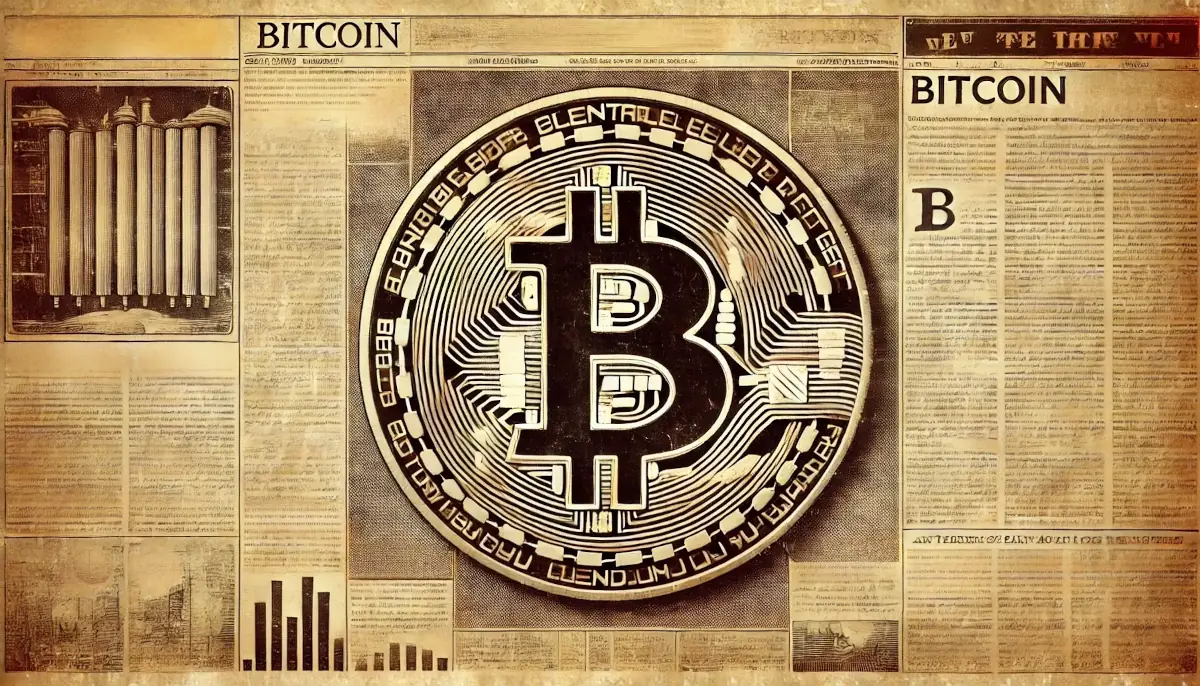Bitcoin has long been a great alternative for investors looking for assets outside of traditional markets. Over the years, its performance has shown a clear pattern: the lower the interest rates, the more attention Bitcoin tends to get. Historically, when central banks slashed interest rates, Bitcoin and other cryptocurrencies thrived. The opposite has also been true – when rates were raised, the excitement around crypto cooled off. While past trends never guarantee future events, this connection is hard to ignore.
The reasoning behind this is fairly simple. In a low-interest-rate environment, investments that were once appealing, like bonds, suddenly don’t look as lucrative. With bond yields tied directly to interest rates, their returns become less attractive when rates are low. Investors, in turn, begin to search for higher returns, which often brings them to riskier assets like Bitcoin. And since Bitcoin operates independently of interest rates, with its limited supply and decentralized nature, it starts to look like a compelling alternative.
Additionally, low interest rates make it cheaper to borrow money. This extra liquidity can flow into assets like Bitcoin, pushing up demand and, with it, the price. We’ve seen this cycle play out before, where low interest rates fueled a surge of investment in cryptocurrencies. Yet, it’s important to remember that these riskier assets can often be the first to be sold off when bad news hits – especially since cryptocurrency markets are open 24/7, while other markets are not.
Cryptocurrencies have demonstrated time and time again that they react more sharply to negative market news compared to other asset classes. Investors pile into it when times are good, but retreat just as quickly when sentiment turns sour.
So, with the Federal Reserve rate cuts, could this be the beginning of a new Bitcoin rally? The timing seems favorable. Bitcoin is trading close to its all-time high, we’re about half a year post-halving, and key political figures are talking more about cryptocurrency adoption. Plus, the rise of ETFs for Bitcoin and Ethereum makes it easier than ever for institutional money to flow into the space.
However, we’re in a very different environment compared to four years ago. Bitcoin has already reached its peak before halving this time, there’s uncertainty around the upcoming U.S. presidential election, and the threat of a recession. Geopolitical tensions are also mounting, with several nations on the brink of conflict, which could weigh heavily on global markets.
While the current outlook is positive, the road ahead is far from certain. Only time will tell whether the Fed’s actions will spark a new wave of Bitcoin enthusiasm or whether broader market forces will dampen its potential gains.




